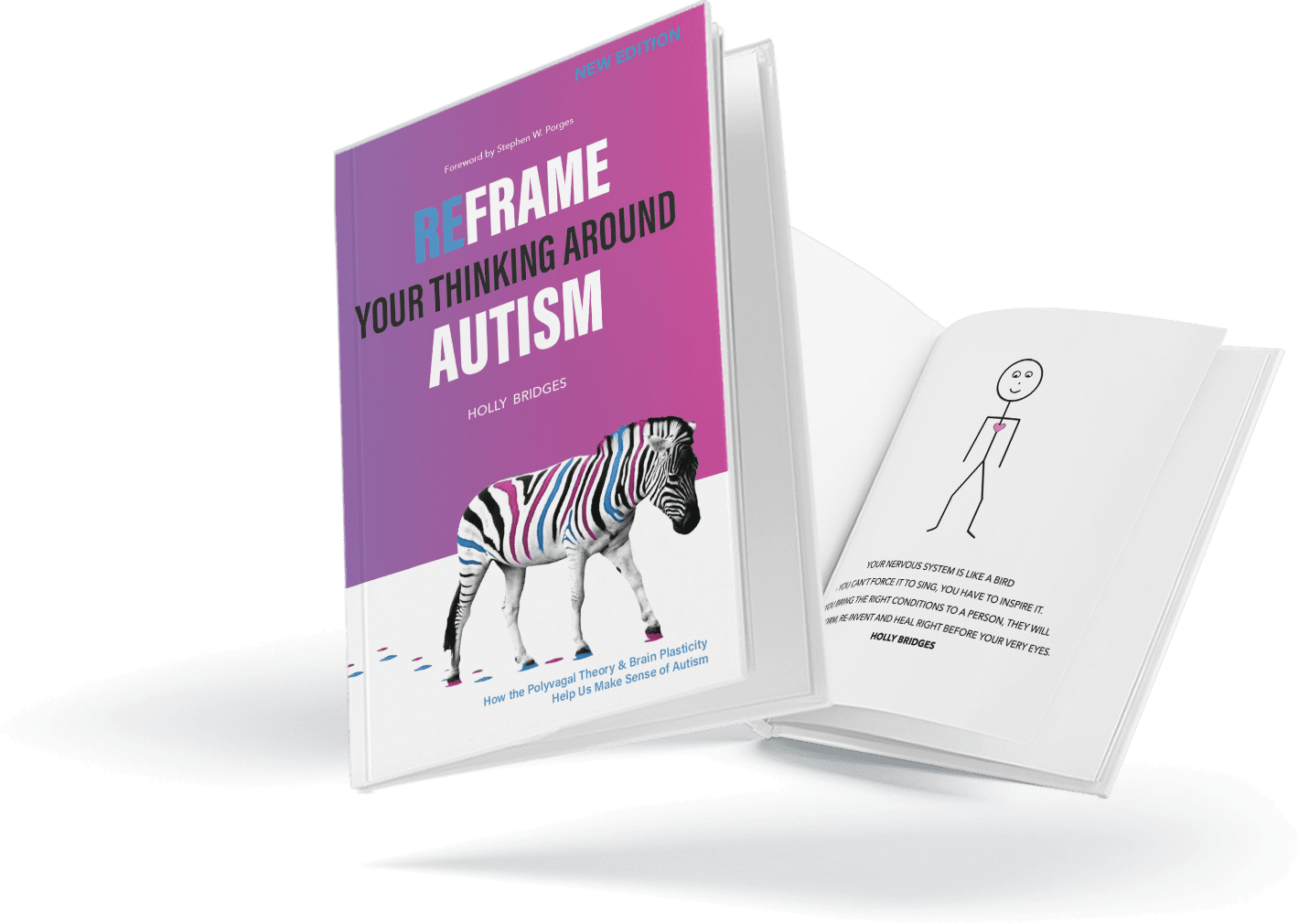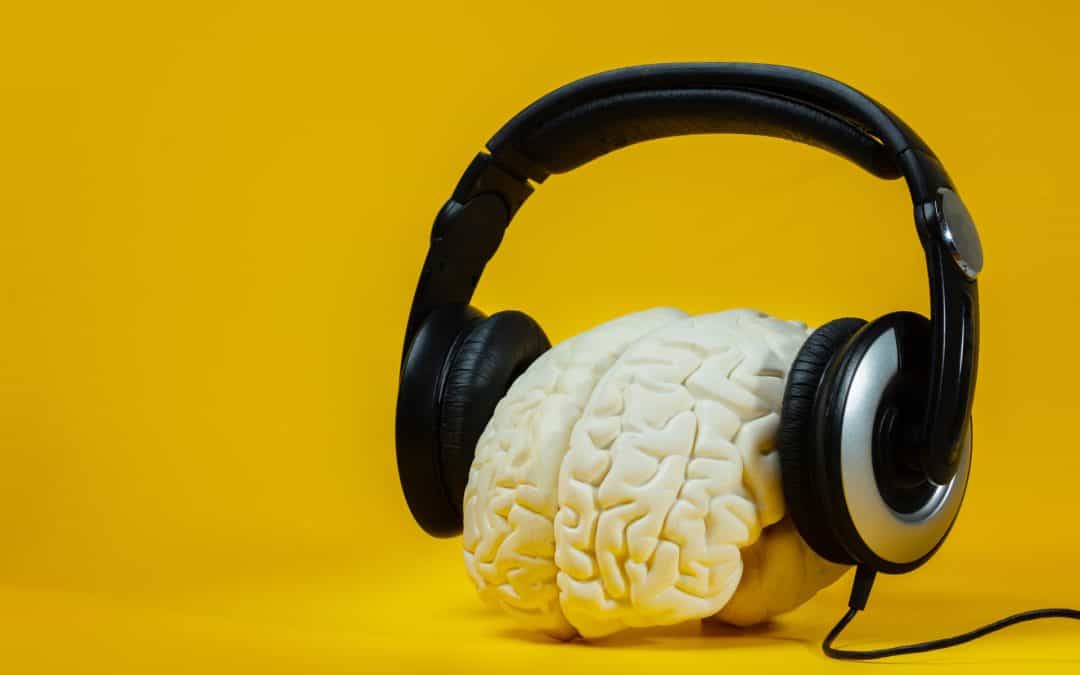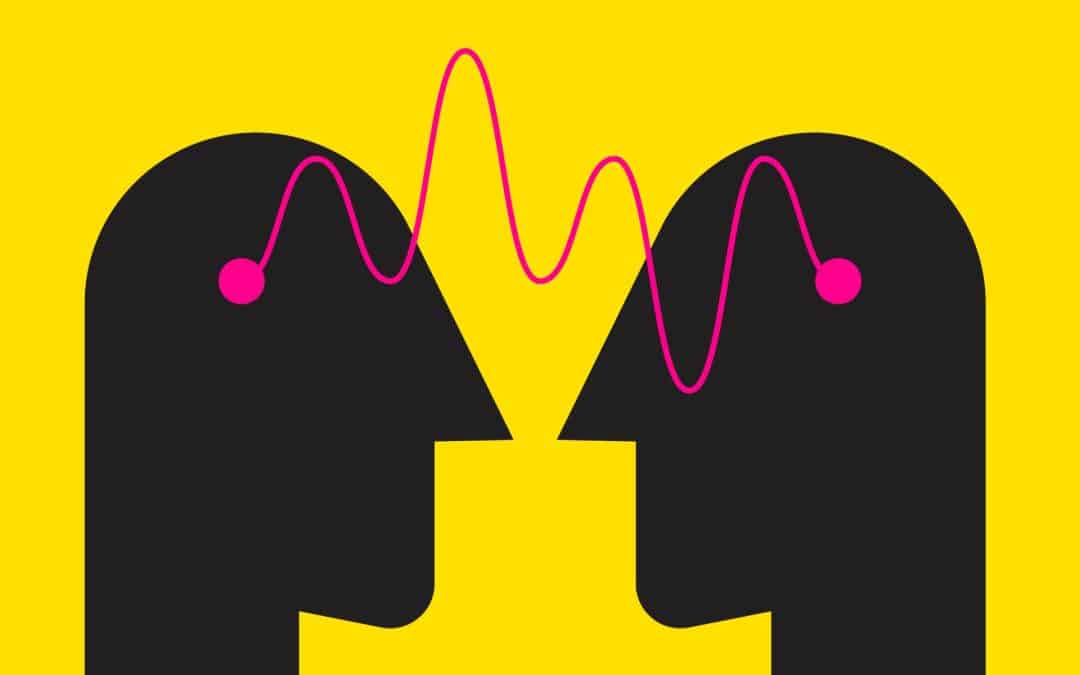Using state of the art eye tracker technology, lead author Tiffany Hutchins showed that children with autism begin to focus less on the eyes the more a situation becomes emotional and that in an anxiety state they are unable to do so.
The study showed that children with ASD may look at the eyes in a non-confrontational conversation but as soon as the topic moves from what people do, to how they feel, the gaze will shift from the eyes to the mouth.
Talking about emotions can ‘strain the executive functioning’ (organising, planning and connecting) and make accessing information from the eye region ‘particularly difficult’.
When a threshold is surpassed the child has no capacity to hold eye contact and so making the child do this under duress is non-effective and potentially damaging.
This is something many parents intuitively know. That science is now making sense of this is great but it really it comes down to common sense.
So why do we put our kids through this anyway? And why do we study people with autism as if they are from another planet?
Hutchins is right; it does take more energy to engage with people when there is emotional charge, and it is harder for kids with autism; emotions are harder for them to read. But since kids with autism are people just like us, why do we force them to do things that we ourselves would not want to do?
Taken in reverse this article does point to the future where we might just begin to provide therapies that are safe and pleasing for our autistic kids. They need to feel safe – clearly this allows greater eye contact, they need to feel confident – clearly this allows greater eye contact.
The more they can feel safe and confident the more they can choose to make eye contact. The more they do this the more can strengthen the neural pathways that are used to keep eye contact and the more that they do this the more they competent they will be. It is all there, the neural function is there, they can make eye contact – they just find it hard to.
The autist is only ever going to learn to make eye contact efficiently when it feels right and makes sense to them. Maybe soon our everyday therapies will reflect this.





